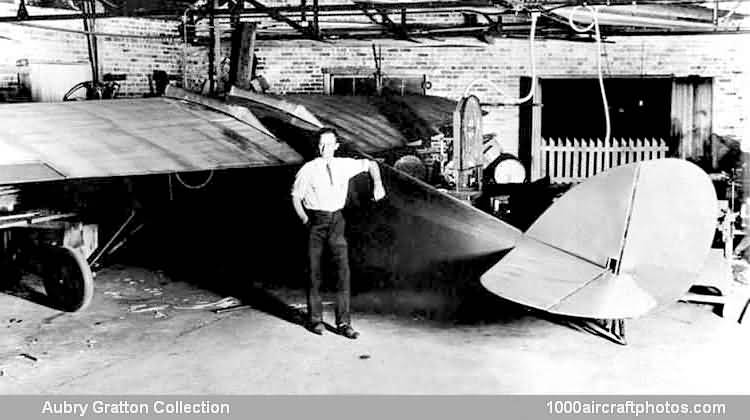10/31/2012. Remarks by Johan Visschedijk: "On February 25, 1925 Clyde Cessna became vice-president of the Travel Air Manufacturing Company at Wichita, Kansas. Under Cessna's direction, Travel Air developed its first strutted monoplane, however, the company still was predominately a biplane producer.
In the spring of 1927, several months before the famed Smith-Bronte flight, Cessna proposed that Travel Air build a full-cantilever wing monoplane. This was a radical departure from the conventional strut-braced wings of that era and Beech would not agree to the proposal. As a result of this disagreement, Cessna sold out his interest in Travel Air to Walter Beech and resigned from the company in April of 1927.
Cessna was determined to design a new cabin monoplane that did not incorporate wing struts. He had read about a fellow by the name of Fokker who had built a large, full-cantilever aircraft. He also had noted the progress of Bill Stout, who was the designer of the Ford Tri-Motor transport.
Armed with the knowledge that a full cantilever wing aircraft could be built, Cessna bought a shop in Wichita and started to work on the four-seat full cantilever aircraft. (Cramped for space as pictured above, Cessna had to disassemble the aircraft to get it out the door.)
One of the first aircraft in the USA without wing struts, the new aircraft was powered with an 120 hp Anzani engine. Cessna is pictured above with the aircraft (note the overturn protection structure on top of the cabin), which he affectionately named Comet, and in the cockpit. The Comet first flew it in the summer of 1927, and impressed by its performance, Cessna decided to put it into production.
Anticipating orders, Cessna needed a new building, to raise money, he organized a company and sold stock. Victor H. Roos, formerly of the Belanca-Roos Company, of Omaha, Nebraska, became acquainted with Cessna, and Roos invested in the new company; the firm became known as the Cessna-Roos Aircraft Company on September 8, 1927, and a new factory was built.
Cessna continued the development of the full-cantilever wing aircraft. He rebuilt the prototype and powered it with a 225 hp Wright J-5 Whirlwind engine. This version incorporated two doors in the fuselage and an enclosed cockpit for the pilot. It had a top speed of about 150 mph (241 kmh) and was used as a racer. As Cessna' s development continued, it was soon apparent that the cabin would need more windows for passenger visibility. Cessna redesigned his original prototype, reinstalling the 120 hp Anzani engine and adding windows to the sides of the cabin. The little aircraft had a very racy appearance.
Only three months after the company was founded, Roos received an offer to become general manager of the Swallow Airplane Company. Feeling that the offer from the Swallow Airplane Company was a better opportunity, Roos sold out his interest in the Cessna-Roos Aircraft Company to Cessna. As a result, the name of the company was changed to the Cessna Aircraft Company on December 31, 1927, and Cessna started series production of his monoplane as the Cessna A."
